Table of content
Crispy jujubes, also known as dried jujubes or Hong Zao, have gained immense popularity worldwide due to their sweet, caramel-like flavor and satisfying crunch. These dehydrated fruits are not only a beloved snack but also a staple in traditional medicine and culinary practices. However, their unique texture and composition raise questions about optimal storage methods, particularly whether refrigeration is advisable. This article explores the science behind jujube preservation, the impact of refrigeration on their quality, and practical tips to extend shelf life while maintaining their signature crispness.

Understanding Crispy Jujubes: Composition and Texture
Before delving into storage solutions, it is essential to grasp the structure of crispy jujubes. Fresh jujubes (Ziziphus jujuba) are small, oval fruits with a thin, edible skin and a fleshy interior. When dried, they lose approximately 60–70% of their moisture content, resulting in a dense, chewy texture. However, “crispy” jujubes undergo an additional processing step, often involving vacuum frying or freeze-drying, which removes even more moisture and creates a brittle, airy consistency. This dehydration process concentrates natural sugars, enhances flavor, and reduces microbial activity, inherently extending shelf life.
The crispiness of these jujubes is directly tied to their low moisture content (typically below 5%) and the structural integrity of their cell walls. When stored improperly, exposure to humidity or temperature fluctuations can cause moisture absorption, leading to texture degradation—such as softening, chewiness, or spoilage.
The Role of Refrigeration in Food Preservation
Refrigeration slows down microbial growth and enzymatic reactions by lowering temperatures, typically between 0°C and 4°C (32°F and 39°F). This environment is ideal for perishable items like fresh produce, dairy, and meats, as it delays spoilage without freezing. However, the effects of refrigeration on dried or dehydrated foods like crispy jujubes differ significantly.

Dried foods inherently have a longer shelf life due to reduced water activity (aw), a measure of available moisture for microorganisms. Most bacteria require an aw of 0.9 or higher to thrive, while dried jujubes often have an aw below 0.6, making them inhospitable to spoilage organisms. Refrigeration, therefore, may offer marginal benefits in terms of microbial control but could introduce unintended consequences related to humidity and texture.
Pros and Cons of Refrigerating Crispy Jujubes
Advantages of Refrigeration
- Extended Shelf Life: While not strictly necessary for safety, refrigeration can slow down oxidative rancidity in fats and oils, which may be present in vacuum-fried jujubes. This could delay flavor deterioration.
- Pest Control: Cold temperatures deter pantry pests like beetles or moths, which are occasionally attracted to dried fruits.
- Humidity Management: In humid climates, refrigerators can provide a drier environment than kitchen cabinets, potentially reducing moisture absorption.
Disadvantages of Refrigeration
- Moisture Condensation: The temperature difference when removing jujubes from the fridge can cause condensation on the surface, increasing moisture content and risking sogginess.
- Flavor Absorption: Jujubes are porous and may absorb odors from other refrigerated items (e.g., onions, cheese), altering their taste.
- Texture Changes: Prolonged cold storage might lead to slight softening due to subtle moisture migration within the fruit cells.
Scientific Insights: How Refrigeration Affects Dried Foods
A 2018 study published in the Journal of Food Science examined the impact of refrigeration on various dried fruits, including jujubes. Researchers found that while refrigeration (4°C) preserved ascorbic acid levels better than ambient storage, it accelerated the loss of volatile compounds responsible for aroma. Additionally, moisture content increased by 2–3% after three months of refrigeration, leading to a perceptible reduction in crispness.
Another investigation by the International Journal of Food Properties (2020) highlighted that cyclic temperature fluctuations (e.g., repeated opening and closing of the refrigerator door) exacerbated moisture absorption in dried jujubes, causing a 15% decline in texture quality compared to samples stored at a stable room temperature.
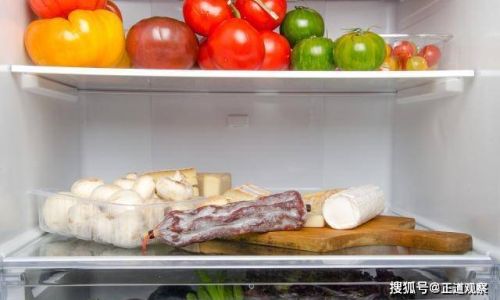
Optimal Storage Conditions for Crispy Jujubes
To maximize freshness and crispness, consider the following guidelines:
Temperature and Humidity Control
- Ideal Range: Store jujubes in a cool, dry place (15–21°C or 59–70°F) with humidity below 60%.
- Avoid Heat and Light: High temperatures accelerate fat oxidation and sugar crystallization, while UV light degrades pigments and nutrients.
Packaging Matters
- Airtight Containers: Use glass jars or resealable bags with oxygen absorbers to prevent moisture and oxygen ingress.
- Vacuum Sealing: Reduces oxidative reactions and pest infestation risks.
Refrigeration Best Practices
If refrigeration is preferred:
- Double-Seal: Place jujubes in a zip-top bag, remove excess air, and store them in an airtight container to prevent odor absorption.
- Limit Exposure: Avoid frequent temperature changes by retrieving the entire portion at once.
- Monitor Humidity: Use silica gel packets inside the container to absorb stray moisture.
Alternative Preservation Methods
For long-term storage beyond 6–12 months, consider these alternatives:
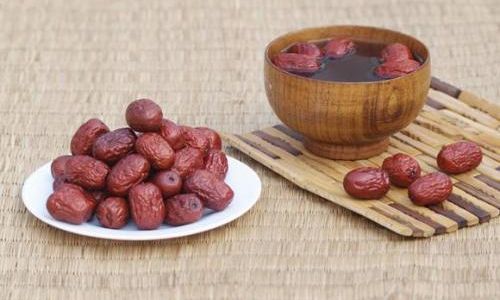
Freezing
- Process: Freeze jujubes in a single layer on a baking sheet, then transfer to a freezer-safe bag.
- Benefits: Halts all microbial and enzymatic activity; thawed jujubes retain crispness if consumed immediately.
- Drawbacks: Risk of freezer burn if improperly sealed.
Desiccant Use
- Materials: Silica gel or rice can absorb residual moisture in storage containers.
- Tip: Replace desiccants every 3 months for optimal efficiency.
Oxygen Scavengers
- Application: Small sachets of iron-based compounds remove oxygen,延缓ing rancidity in vacuum-fried varieties.
When Refrigeration Is Recommended
Despite the caveats, refrigeration may be beneficial in specific scenarios:
- Humid Climates: In regions with average humidity exceeding 70%, refrigerators provide a drier microclimate.
- Infested Pantries: If pests are a recurring issue, refrigeration offers a chemical-free deterrent.
- Short-Term Freshness: For jujubes opened within the last week, refrigeration can maintain quality during the final days of consumption.
Debunking Myths: Common Misconceptions
- “Refrigeration Makes Jujubes Last Indefinitely”: While cold storage delays spoilage, quality declines over time due to moisture and oxidative changes.
- “All Dried Fruits Benefit Equally from Refrigeration”: High-sugar fruits like dates or figs are less affected, whereas low-moisture snacks like jujubes are more sensitive to humidity shifts.
- “Freezing Ruins Texture”: When properly sealed, frozen jujubes regain their crispness upon thawing, as ice crystals do not form in dehydrated products.
Consumer Tips for Enjoying Crispy Jujubes
- Portion Control: Divide jujubes into small batches to minimize exposure to air/humidity.
- Rehydration Technique: For culinary use (e.g., in soups or teas), briefly soak jujubes in warm water to restore softness without losing flavor.
- Quality Checks: Discard jujubes showing signs of mold, off-odors, or excessive stickiness.
Conclusion: Balancing Convenience and Quality
The decision to refrigerate crispy jujubes hinges on environmental conditions, storage duration, and personal preferences. While refrigeration is not mandatory for safety, it can be a viable tool when paired with meticulous packaging to mitigate moisture and odor risks. However, for most households, ambient storage in a cool, dark pantry with proper sealing suffices to preserve crispness for 6–12 months.
Ultimately, the key to enjoying jujubes at their peak lies in understanding their unique properties and adapting storage methods to specific needs. Whether stored in a kitchen cabinet or a refrigerator, these delectable treats remain a testament to the harmony of tradition and food science.
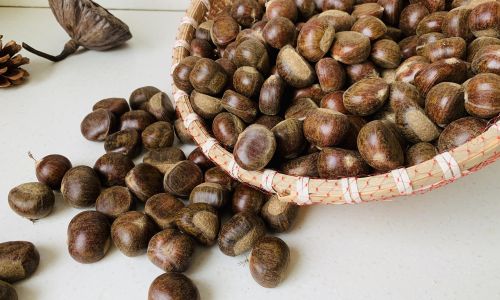

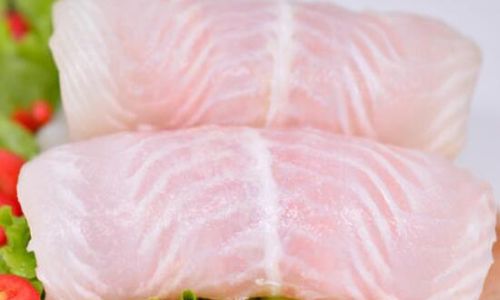
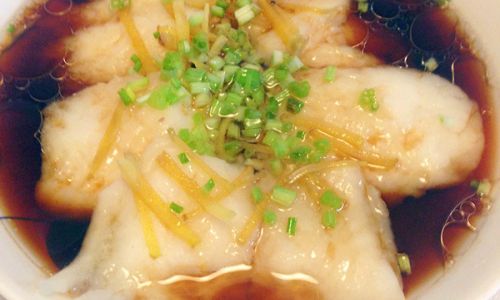
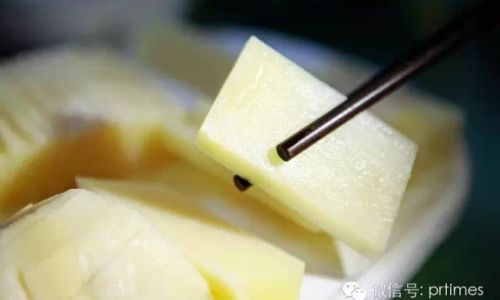
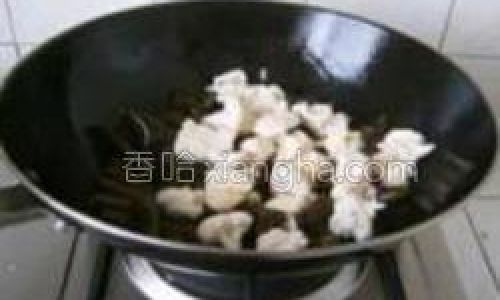
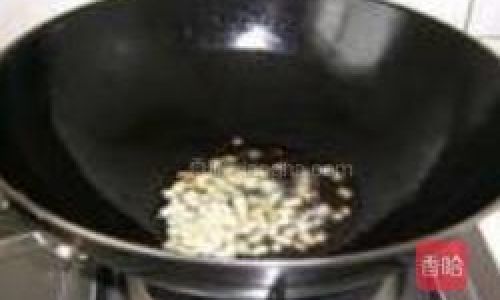
0 comments